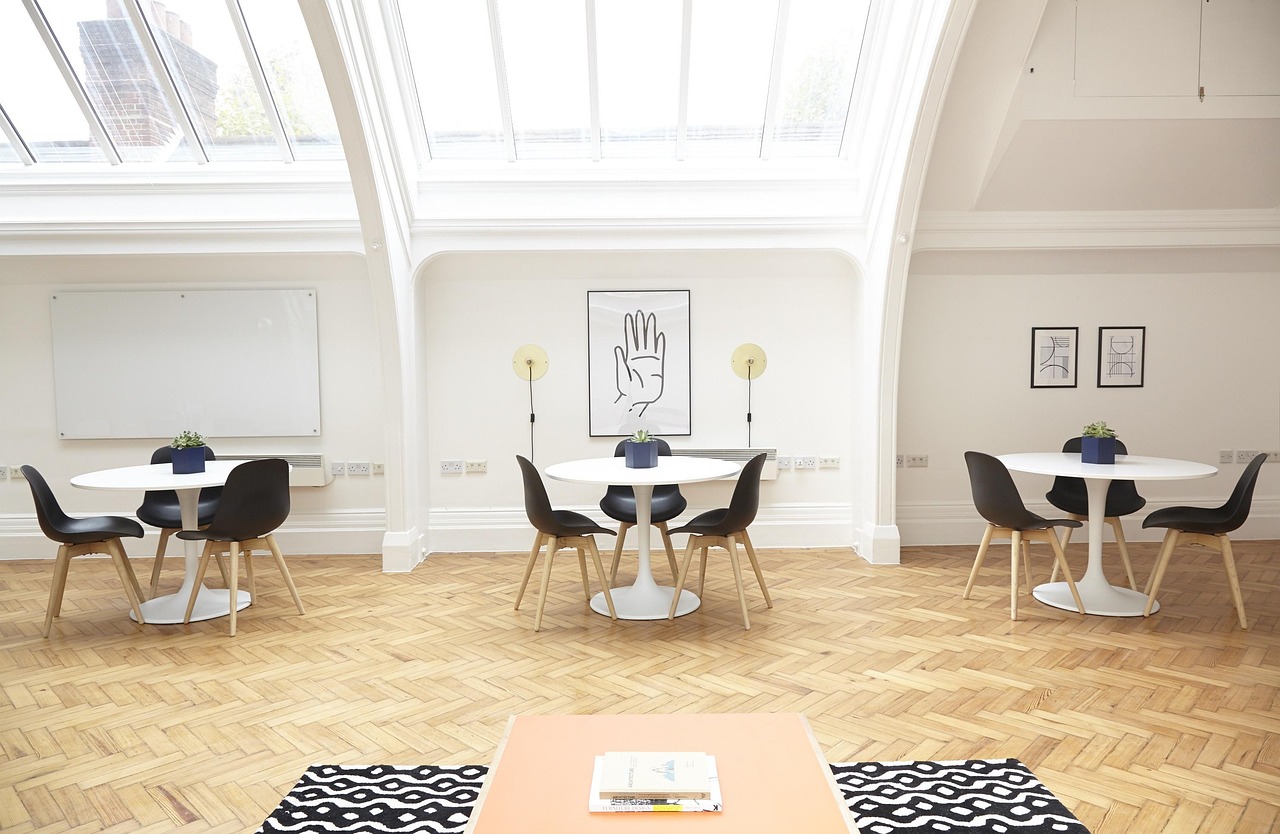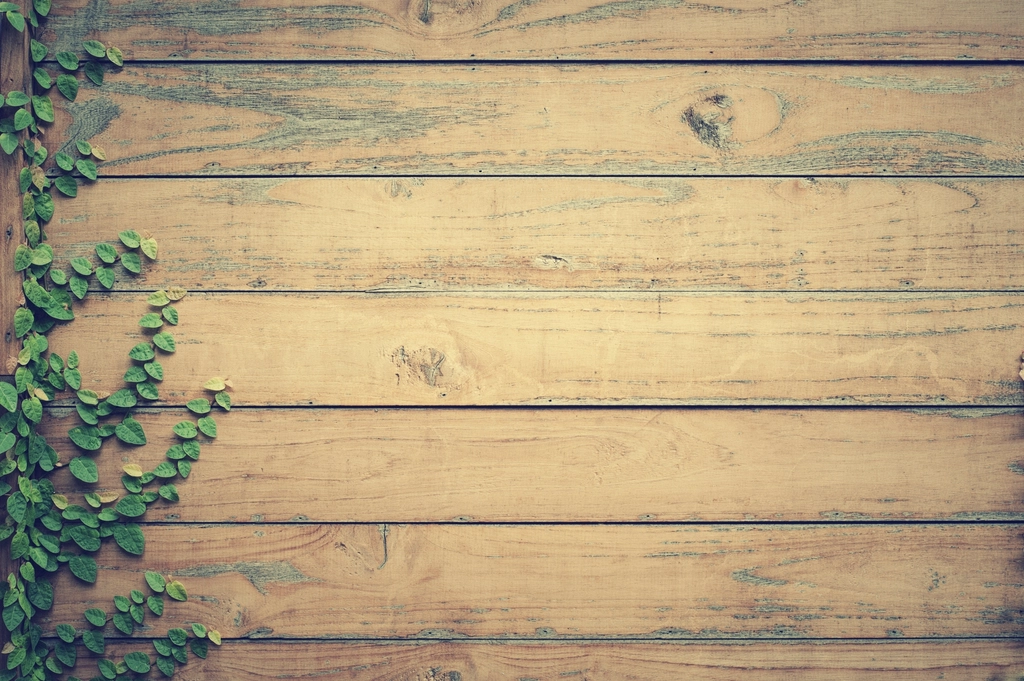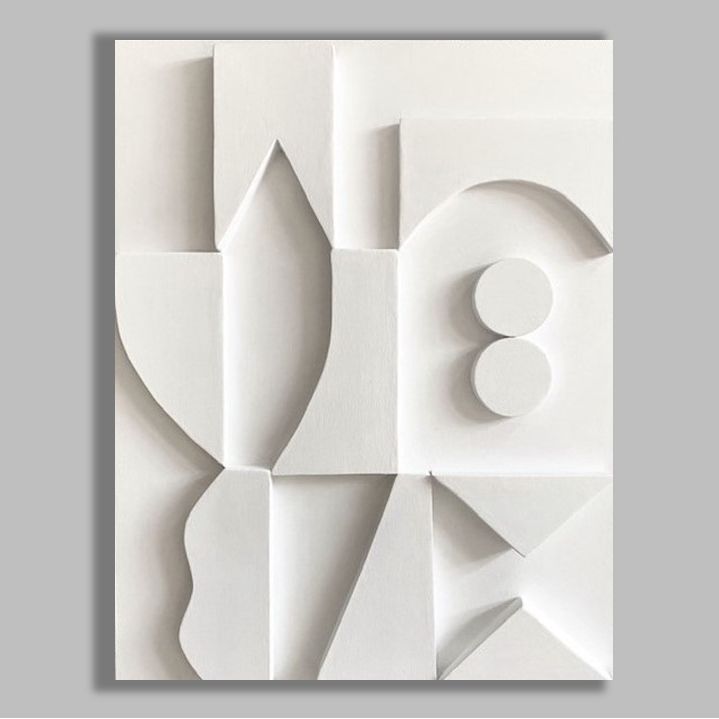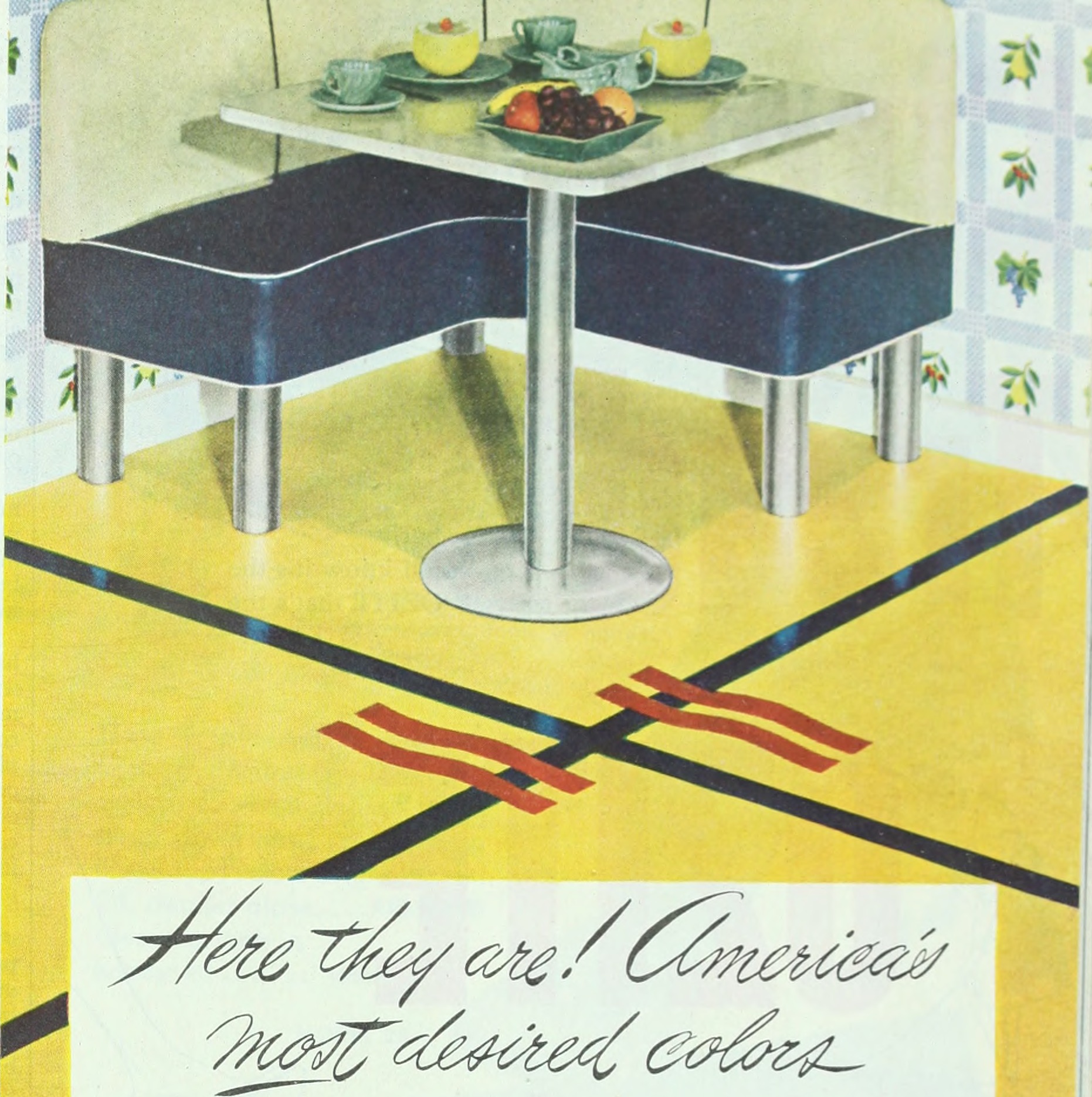Biophilic Design Principles

Biophilic design is transforming modern interiors by bringing the outdoors inside in ways that go beyond simply adding a few potted plants. The core idea is to foster a direct connection with nature to nurture well-being and productivity. Recent research from the University of Queensland reveals that the presence of plants in workspaces can boost well-being by 15%, underscoring the psychological benefits of this approach. Biophilic interiors often feature living walls teeming with greenery, abundant natural light, and even water features such as indoor fountains. These elements create a seamless transition between indoor and outdoor environments, making spaces feel open and alive. The trend has taken hold in both residential and commercial projects, reflecting a shift toward healthier built environments. Biophilic design also supports sustainability by encouraging the use of eco-friendly materials and energy-efficient layouts. The combination of aesthetics and well-being makes this principle a cornerstone for anyone seeking to blend nature with modern style.
Use of Natural Materials

Integrating natural materials like wood, stone, bamboo, and cork is a hallmark of interiors that effortlessly blend nature with sleek, modern elements. These materials add warmth, depth, and character to spaces, often serving as focal points or subtle accents. The Forest Stewardship Council emphasizes that responsibly sourced wood reduces environmental impact and lowers carbon footprints, making it an ethical choice for eco-conscious homeowners. Reclaimed wood furniture, for example, brings unique textures and history to any room, while stone countertops and bamboo flooring offer durability and timeless appeal. Designers are increasingly opting for materials that tell a story, giving each room a sense of authenticity. Natural materials also age gracefully, developing a patina that enhances their beauty over time. This approach not only supports sustainability but also results in interiors that feel both grounded and sophisticated.
Indoor Plants and Greenery
Filling interiors with plants is a simple yet powerful way to connect with nature and create a fresh, inviting atmosphere. The NASA Clean Air Study demonstrated that common houseplants like snake plants, pothos, and peace lilies can filter harmful indoor air pollutants, improving indoor air quality. Strategically placed greenery can also soften the clean lines of modern design, making spaces feel more welcoming and lively. Vertical gardens and hanging planters are gaining popularity, maximizing greenery even in compact spaces. Indoor plants also offer psychological benefits, reducing stress and boosting creativity according to numerous studies. Many homeowners are turning to low-maintenance species that thrive indoors, ensuring that greenery remains lush with minimal effort. This approach proves that even a small touch of nature can have a big impact on modern living environments.
Large Windows and Natural Light
Large windows and skylights have become must-haves in modern interiors aiming to blur the line between indoors and outdoors. Flooding rooms with natural light not only energizes the space but also promotes better mood and productivity. Studies show that daylight exposure improves cognitive function and emotional well-being, making it a smart health investment. The American Institute of Architects notes that maximizing natural light can also cut energy costs by reducing the need for artificial lighting during the day. In urban homes, floor-to-ceiling windows frame city or garden views, creating a constant visual link to the outdoors. Some designers incorporate glass walls or sliding doors for even more openness. With the right window placement, even small rooms can feel expansive and bright. This approach is especially impactful in spaces where people spend most of their time, like living rooms and kitchens.
Earthy Color Palettes
Choosing an earthy color palette—think rich greens, warm browns, and gentle neutrals—brings a sense of calm and balance to modern interiors. Color psychology research highlights that these tones evoke tranquility and a connection to the natural world, making them ideal for relaxation zones and creative workspaces. A study published in the Journal of Environmental Psychology found that natural colors can boost creativity and reduce anxiety, supporting both emotional and mental well-being. Designers often layer different shades of the same earth tone for a subtle, sophisticated effect, or use bold accents like forest green walls or clay-colored tiles for impact. Earthy palettes pair seamlessly with natural materials and organic shapes, reinforcing the connection to nature. This color approach is gaining traction in both residential and hospitality design, reflecting a broader desire for restorative, nurturing spaces. The result is an environment that feels timeless and rooted, yet fresh and modern.
Outdoor Living Spaces
Modern homes are increasingly designed with outdoor living in mind, extending the comfort and style of interiors into patios, decks, and gardens. These spaces serve as a bridge between the built environment and nature, encouraging residents to spend more time outdoors. The National Association of Home Builders reports that well-designed outdoor areas can boost property values by up to 20%, making them a practical investment. Features like outdoor kitchens, fire pits, and lounge zones enable seamless entertaining and relaxation, regardless of the season. Homeowners are adding retractable glass walls or sliding doors to create fluid transitions between inside and outside. Outdoor furniture and lighting are also evolving to match the durability and aesthetic of indoor pieces, ensuring visual harmony. This approach not only enhances lifestyle but also promotes physical activity and social interaction, contributing to overall well-being.
Water Features

Incorporating water features such as fountains, ponds, or even indoor waterfalls brings a soothing, meditative quality to modern interiors. The gentle sound of flowing water can lower stress levels and foster relaxation, making these features especially popular in living rooms, entryways, and bedrooms. According to a study by the University of Exeter, people living near water report higher happiness levels, a benefit that can be replicated on a smaller scale indoors. Designers are experimenting with minimalist water elements, like sleek tabletop fountains or wall-mounted cascades, to fit contemporary aesthetics. Water features can also act as striking focal points, drawing the eye and creating a sense of tranquility. In open-plan layouts, a water feature can help define different zones without the need for walls. This idea appeals to those seeking both beauty and serenity in their homes.
Natural Textiles and Fabrics

Natural textiles such as cotton, linen, wool, and jute are becoming staples in modern interiors for their comfort, breathability, and environmental advantages. The Global Organic Textile Standard notes that organic cotton, for example, uses 91% less water than conventional cotton, making it a responsible choice for sustainability-minded consumers. These fabrics add a tactile dimension to spaces, whether used in upholstery, curtains, cushions, or rugs. Layering different textures creates visual interest while maintaining a cozy, inviting atmosphere. Natural fibers are also hypoallergenic and durable, supporting both health and longevity in design. Designers often opt for handwoven or artisanal pieces to introduce subtle variations and craftsmanship. This approach not only supports eco-friendly living but also enhances the sensory experience of home.
Minimalist Design with Natural Elements

Minimalism continues to be a dominant trend in modern interiors, but the latest evolution is all about integrating natural elements for warmth and character. Stripping away excess clutter creates a sense of calm and order, but adding a statement piece of wood furniture or a striking stone sculpture ensures the space doesn’t feel sterile. Research from the University of California shows that minimalist environments can enhance focus and lower anxiety, supporting mental clarity. Organic shapes, neutral colors, and raw textures work together to create harmony without overwhelming the senses. Designers recommend choosing a few impactful natural features rather than crowding the room, allowing each element to shine. This approach results in interiors that are both serene and visually engaging, offering a tranquil retreat from the chaos of everyday life.
Smart Integration of Technology with Nature

Modern interiors are increasingly fusing technology with natural design, using smart systems to optimize illumination, ventilation, and even plant care. Automated lighting can mimic natural daylight cycles, supporting circadian rhythms and enhancing mood throughout the day. Smart irrigation systems keep indoor gardens lush with minimal effort, appealing to busy homeowners. Eco-friendly innovations, such as solar-powered skylights or energy-efficient HVAC systems, further reduce environmental impact. Designers are also incorporating invisible technology, like built-in speakers or wireless charging surfaces, to maintain a clean and natural aesthetic. This thoughtful integration allows for the comforts of modern living without sacrificing the calming influence of nature. By blending technology and natural design, interiors remain functional, beautiful, and future-ready.

A visionary in modern design, Nate Berkman is known for his ability to blend timeless elegance with personal storytelling. With years of experience in high-end interiors, his book Living with Style explores how to create meaningful spaces that reflect individuality.
